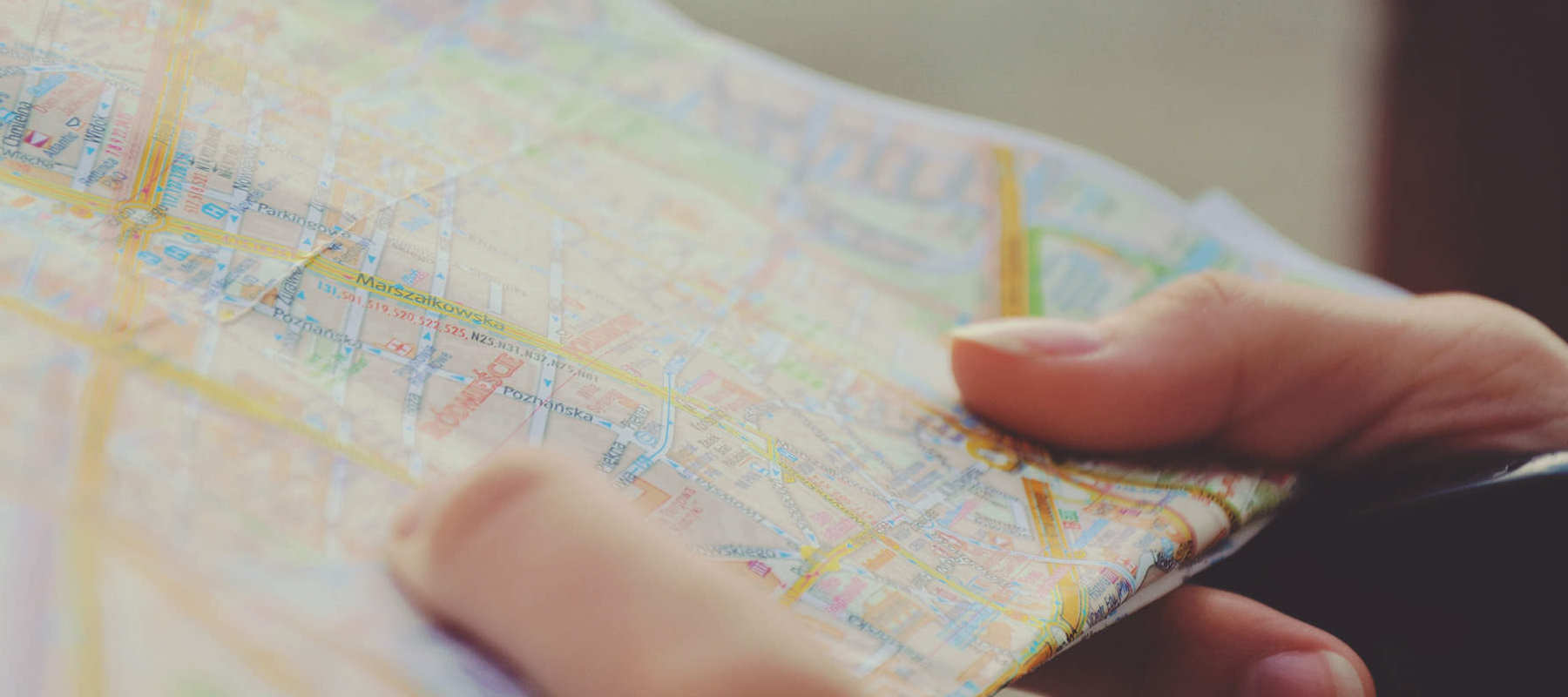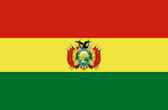
Call 0330 880 3600 Calls may be monitored or recorded. Opening Times.
- TRAVEL INSURANCE
- COVID-19 ENHANCED COVER
- More Options
- Help & Advice
- Existing Customers

Call 0330 880 3600 Calls may be monitored or recorded. Opening Times.

Need help?
UK Customer Services0330 880 3600*
Open Monday to Friday 9:00am to 6pm, Saturday 8:30am to 4pm and closed Sundays.
*Calls are recorded for training and quality purposes.

Official name: Plurinational State of Bolivia
Capital cities: Sucre (constitutional), La Paz (administrative)
Languages spoken: Spanish, Quechua, Aymara, plus other indigenous languages
Population: Around 12 million
Currency: Boliviano (BOB)
Time zone: GMT-4
Driving side: Right
Climate: Highland areas are temperate with cool nights, lowlands are tropical with distinct wet and dry seasons
Bolivia combines breathtaking natural diversity with rich indigenous culture. From the Andes and high-altitude cities like La Paz to the Amazon basin and Salar de Uyuni salt flats, the country offers adventure, history, and striking landscapes. Travel can be challenging due to altitude, infrastructure, and seasonal weather, but it is rewarding for those seeking authentic South American experiences.
Located in central South America, Bolivia shares borders with Brazil, Peru, Chile, Argentina, and Paraguay. Its geography is varied: the towering peaks of the Andes, the Altiplano high plateau, lush valleys, and expansive Amazonian rainforest. Elevation ranges from around 90 metres in the Rio Paraguay basin to over 6,500 metres at Nevado Sajama, creating dramatic contrasts in climate and ecosystems across the country.
Travel can be slow and unpredictable. Roads may be disrupted during the rainy season (Nov–Mar), particularly in mountainous and rural areas. Domestic flights are the most reliable way to cover long distances, with La Paz and Santa Cruz serving as hubs. Public buses and colectivos are widely used but can be crowded and basic. Petty crime and scams occur in cities and transport hubs; standard precautions are advised. Visitors should allow time to acclimatise when arriving in high-altitude destinations such as La Paz (over 3,600m).
British nationals require a visa for Bolivia. Tourist visas are usually valid for 30 days and can be extended up to 90 days. Passports should be valid for at least six months beyond your stay. Other nationalities should check current requirements with the nearest Bolivian embassy or consulate before travel. The Bolivian Embassy in London can provide up-to-date entry information.
The local currency is the Boliviano (BOB). US dollars are widely accepted, especially in cities and tourist areas. ATMs are common in urban centres, though less reliable in rural areas. Credit card use is limited outside larger hotels and restaurants, and cash is essential when travelling off the beaten path. Banks generally open Monday to Friday, with reduced hours at weekends.
Healthcare quality varies: private clinics in cities such as La Paz, Santa Cruz, and Cochabamba can offer reasonable standards, but rural facilities are basic. Comprehensive travel insurance with medical evacuation is essential. Altitude sickness is a significant risk in highland areas and can affect travellers quickly—plan gradual ascents where possible.
Recommended vaccinations include hepatitis A, typhoid, and yellow fever; proof of yellow fever vaccination is required if arriving from an endemic area. Water- and food-borne illnesses are common—drink bottled or boiled water, avoid ice, and eat well-cooked food. Mosquito-borne illnesses, including dengue, occur in tropical lowlands.